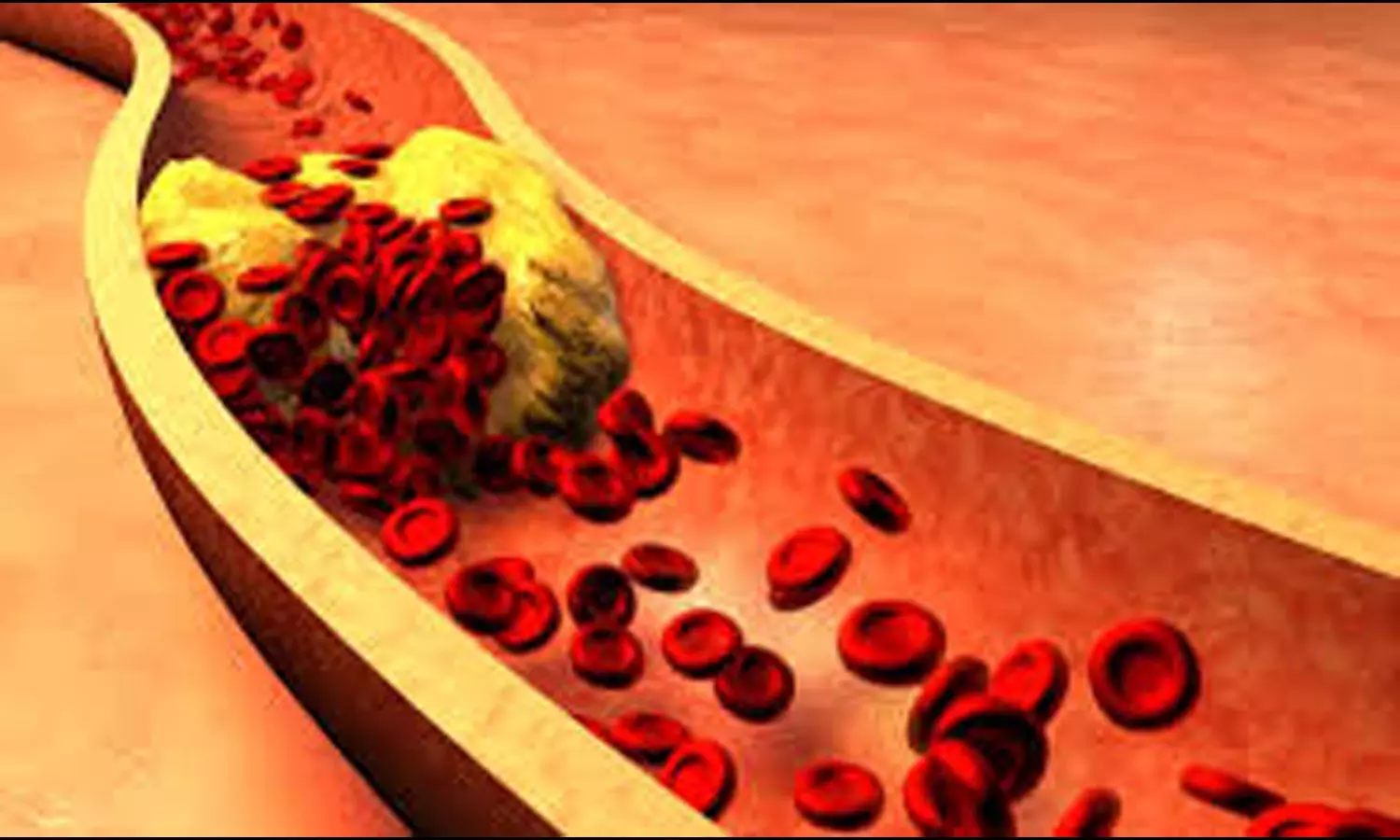TyG-BMI Index Predicts Higher Mortality Risk in Osteoporosis Patients: Study
- byDoctor News Daily Team
- 29 October, 2025
- 0 Comments
- 0 Mins

Researchers have found in a new study that elevated triglyceride-glucose body mass index (TyG-BMI) levels have a strong correlation with higher risks of all-cause and cardiovascular mortality in osteoporotic patients, suggesting that insulin resistance plays an important part in their long-term outcome. Osteoporosis, a systemic skeletal disease characterized by decreased bone mass and fragility, is increasingly being seen as a disease with metabolic and cardiovascular determinants. The study was published inFrontiers in Endocrinologyby Yuhao Li. and colleagues. This prospective cohort consisted of 302 osteoporotic patients enrolled from 2018 to 2020 and followed up to 2024. A total of 64 all-cause deaths and 19 cardiovascular deaths were registered during follow-up. The association between TyG-BMI and mortality outcomes was assessed using restricted cubic spline and multivariable Cox proportional hazards regression analyses by researchers. For enhancing the analysis, comparative evaluation was carried out with other IR-associated indices like TyG (triglyceride-glucose index), METS-IR (Metabolic Score for Insulin Resistance), and TG/HDL-C (triglyceride-to-high-density lipoprotein cholesterol ratio). Subgroup analysis was also carried out to determine patient subgroups at high risk, analyzing parameters like HDL levels, serum calcium, and creatinine levels. The results indicated a strong positive correlation between TyG-BMI and all-cause and cardiovascular mortality in osteoporotic patients. For each 1-unit rise in TyG-BMI, the hazard ratio (HR) for all-cause death was 1.01 (95% CI: 1.00–1.02), proving a linear association. After quartile division of participants, those in Q4 had nearly 2.8-fold increased risk of all-cause mortality compared to Q1 (HR = 2.79, 95% CI: 1.16–6.73). The correlation with cardiovascular mortality was more significant—patients in Q4 demonstrated a 6.33-fold increased risk (HR = 6.33, 95% CI: 1.19–33.80) relative to Q1. Additionally, ROC curve analysis and DeLong tests revealed that TyG-BMI was more superior than other insulin resistance indicators (TyG, METS-IR, TG/HDL-C) in the prediction of both all-cause and cardiovascular death. Subgroup analyses revealed that cardiovascular death risk was especially high in patients with low HDL, high serum calcium, and elevated creatinine, indicating that metabolic and renal impairments can exacerbate the detrimental effects of IR in osteoporosis. In conclusion, this prospective cohort study evidences TyG-BMI as being linearly and independently related to all-cause and cardiovascular mortality in osteoporotic patients. The results substantiated that insulin resistance is a key player in osteoporosis development and mortality, making TyG-BMI an important biomarker to determine patients at highest risk.
Disclaimer: This website is designed for healthcare professionals and serves solely for informational purposes.
The content provided should not be interpreted as medical advice, diagnosis, treatment recommendations, prescriptions, or endorsements of specific medical practices. It is not a replacement for professional medical consultation or the expertise of a licensed healthcare provider.
Given the ever-evolving nature of medical science, we strive to keep our information accurate and up to date. However, we do not guarantee the completeness or accuracy of the content.
If you come across any inconsistencies, please reach out to us at
admin@doctornewsdaily.com.
We do not support or endorse medical opinions, treatments, or recommendations that contradict the advice of qualified healthcare professionals.
By using this website, you agree to our
Terms of Use,
Privacy Policy, and
Advertisement Policy.
For further details, please review our
Full Disclaimer.
Recent News
Breaking News: Delhi HC Stays FSSAI Order On ORS L...
- 29 October, 2025
MP FDA Moves Rs 320-Crore Proposal to CDSCO, FSSAI...
- 29 October, 2025
Maha: Rs 14-Crore Mephedrone Unit Busted Near Poli...
- 29 October, 2025
Pulse Pharma Gets CDSCO Panel Nod to Manufacture,...
- 29 October, 2025
Daily Newsletter
Get all the top stories from Blogs to keep track.


0 Comments
Post a comment
No comments yet. Be the first to comment!